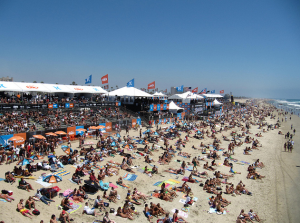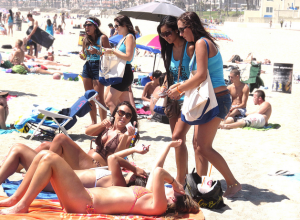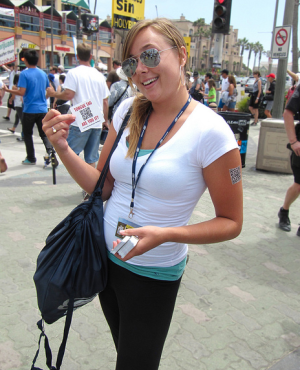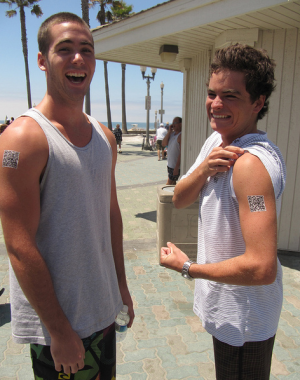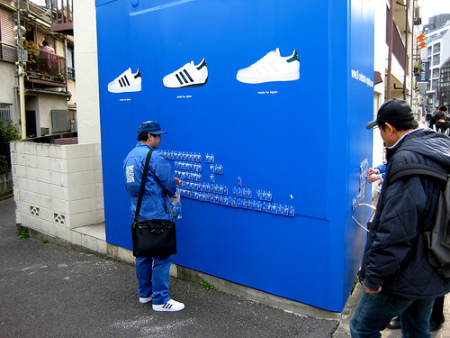Fuel Guerrilla Marketing Initiatives with QR Codes
/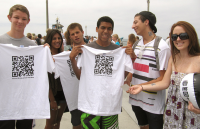 Brands looking to create unique guerrilla marketing campaigns that leverage social media technology should benchmark a recent tactic implemented by the Oral Cancer Foundation. In August, the Oral Cancer Foundation called on several teams of young women to hit the beaches of Surf City to message to thousands of teens and 20-somethings attending the 2010 US Open of Surfing.
Brands looking to create unique guerrilla marketing campaigns that leverage social media technology should benchmark a recent tactic implemented by the Oral Cancer Foundation. In August, the Oral Cancer Foundation called on several teams of young women to hit the beaches of Surf City to message to thousands of teens and 20-somethings attending the 2010 US Open of Surfing.
With 500,000 visitors attending the three-day surfing event sponsored by Hurley, Oral Cancer Foundation personnel knew that they needed to create a compelling, unique program to effectively get their message across about the risks of oral cancer, HPV, and other diseases. To do so, the Oral Cancer Foundation created a social media strategy that leveraged QR codes.
Throughout the US Open of Surfing competition, teams of female Oral Cancer Foundation brand ambassadors scoured the beaches and handed out creatively worded stickers, t-shirts, and temporary tattoos that all beared a unique QR code. When recipients scanned the QR codes with the mobile phones, they were taken to a microsite that provided educational information about the risks of certain preventative diseases.
The Oral Cancer Foundation found that the QR codes enabled their guerrilla marketing teams the ability to communicate life saving messages to consumers in a very powerful way. The initiative proved to be an influential, cost-effective means to target a crowd of young, tech savvy consumers.
Check out some pictures of their guerrilla marketing outreach below:
